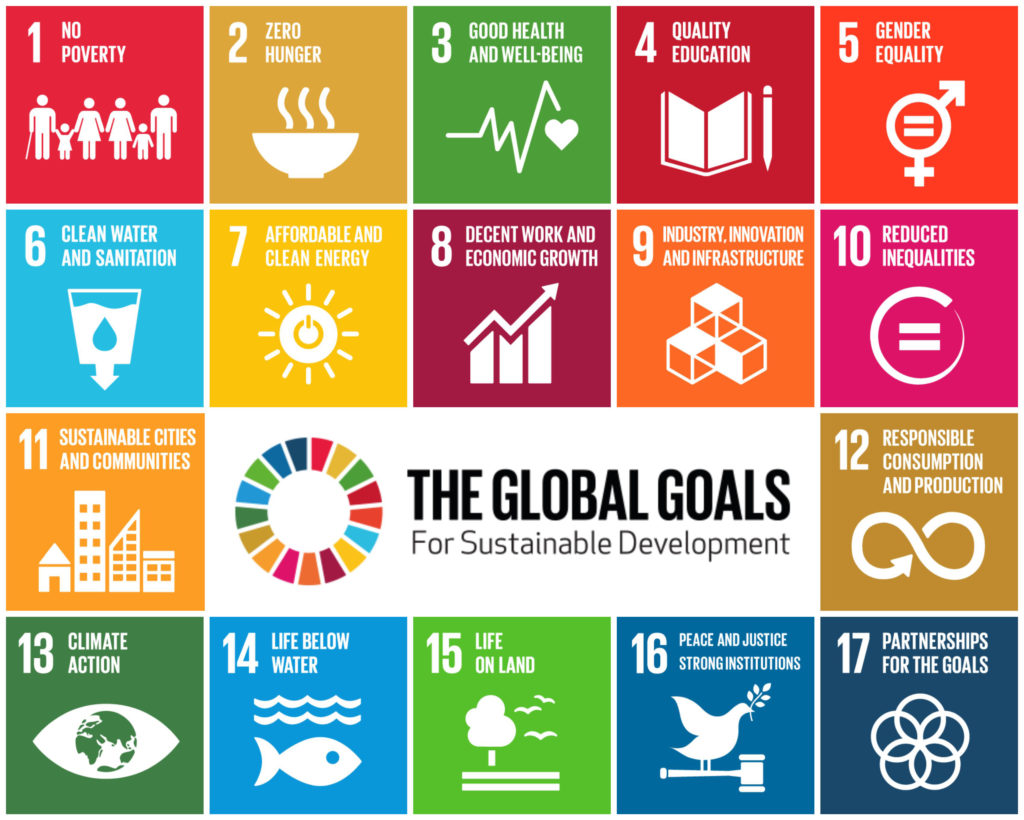The Sustainable Development Goals (SDGs) were adopted at the United Nations in 2015 and are due in 2030. They express a global vision for a just, prosperous and sustainable world. But a significant challenge has been the lack of clear pathways for the goals to be expressed in meaningful ways at local levels, to stimulate change from the bottom-up.

The question is, if you run a business or are in government, or in any walk of life, how do you personally act to deliver on the Sustainable Development Goals?
This is the challenge Dr. DavidObura takes up in a recent article, saying: “In essence, the Sustainable Development Goals, for all their lofty aspirations, are a storyline, or narrative, about how every aspect of our lives is connected to other aspects.”
In his article published on April 29, 2020 in the journal Marine Policy, he explains: “I try and show that you can write the ‘sustainable development narrative’ for any context. I use the example of a populated coral reef landscape, and in everyday words mention all the 17 goals in less than 150 words – your classic ‘elevator pitch’.”
The model can also be used to clarify what a “blue economy” is, as this concept grows in importance worldwide. The article makes a strong case that a blue economy is one that delivers the SDGs. It should not only sustain ocean life, but also assure economic prosperity and social goals in harmony with one another.
How does the model work? First, one must agree with almost all countries on the planet, to the principle vision – of balancing environment, economy and societal goals together. Second, starting with one’s preferred point of view, in this case the ocean, build a story about its connections with the other 16 goals. The article uses examples to illustrate this, such as of a fishery supporting jobs and income, and then health, education and gender benefits, and beyond.
The story can remain as simple, or become as complex, as needed. It establishes an explanation for how and why things should work. The actor then uses this to identify concretely how they can do their part to achieve the vision. From this starting point it can inform standard planning processes for any actor – be they a household, a corporation or a Ministry.
Dr. Obura explains further: “The fact is that after five years of the SDGs, we are falling short on delivery of the goals with only 10 years left. It’s not just about the goals themselves, but also all the major global commitments for which Agenda 2030 acts as an umbrella.
“For example, the next 10 years are our only chance to stay within a safe climate future defined by the Paris Agreement, which sets the ambition for SDG 13 on climate. And new biodiversity goals are being set for 2021-2030, which will update SDGs 14 and 15, of life in the oceans and on land. The same could be elaborated for economic and social goals, such as on a just and equitable economy, or in redesigning local or national health systems to minimise future COVID-19 threats.
“This approach views the SDGs as a consistent framework within which all actors can develop narratives from their own perspectives, build their own storylines, and through this develop action and business plans that do their part to achieve the SDGs. Since they start with a consistent frame, the results of the actions can then be added up – to the level of a community, a city, a country, or even a group of countries within a region.
“A further challenge for implementing the Sustainable Development Goals has been ways to measure success relevant at all scales from local to global. This model provides a consistent framework within which locally relevant variables may be used and aggregated up to national and international levels for overall reporting on the goals.”
